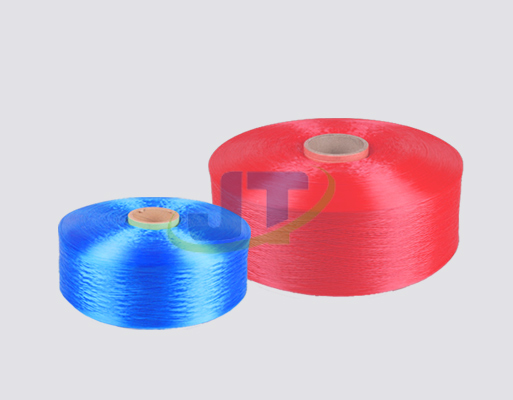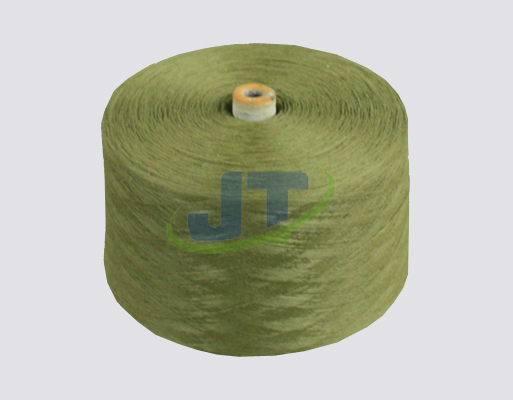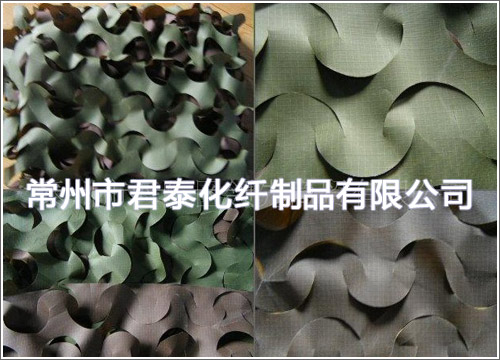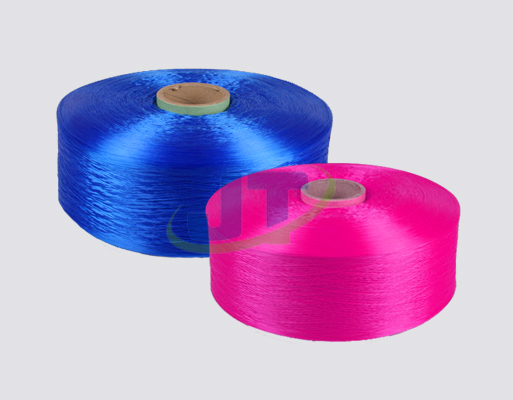

- Tel:0086-519-83783531
- cel:0086-13961177625
- E-mail:jianglijing1022@126.com
- add:cheng zhang Jia zeTown Wujin District, Changzhou City, Jiangsu Province
The food and clothing is a daily necessities of ordinary people, so the textile industry that manufactures clothes is also closely related to everyone's life. But now, this industry is being plagued by world-class problems such as high energy, high pollution, high stock.
Let us see which world-class problems have been encountered in the textile industry.
One is high energy consumption, textile and clothing is second only to the world's second largest environmental pollution maker. It takes only 1kg cotton to take approximately 20,000 water and a large number of pesticide fertilizers; the dyed fabric is required for the 4,000 tons of fresh water, thousands of chemicals and a large amount of energy consumption.
The second is high pollution, from the material to the garment, layer processing and manufacturing and logistics distribution, all aspects have hidden many waste and pollution.
The third is high inventory, this is the disadvantage of the apparel industry, and the garments produced in the industry are expected to become inventory. The industry has universal capacity excess inventory backlog, supply cannot accurately predict and match demand, any "Code" of the company cannot predict how many parts can be sold. After consuming a lot of energy, these stocks can be burned by a fire after a lot of pollution! ! H & M was exposed to nearly 60 tons of stock in 5 years, an average annual burning 12 tons ...
Related questions have been proposed ten years ago, but they did not get properly solved, can the digital transformation be transferred to the textile industry?
Digital can change the textile industry
Textiles are cost-sensitive, labor-intensive industries, seeking cost deposits, policy highlands are inevitable, and must explore new development methods and paths, so digitized transformation is one of the must-have. Moreover, the rapid changes in the market, the product line is constantly refined, customized, and the company is also required to change to intelligent, innovative direction.
In my country, the digital transformation of the textile industry is more urgent. my country is the largest textile apparel country, consumer and exporting countries, the most complete and unpleasant country in the textile industry chain. The textile industry is the fastest growing industry in my country. With the rapid growth of my country's economy, the market potential and demand prospects of the textile industry will be broader.
Therefore, my country attaches great importance to the digital transformation of the textile industry. In the 2021, the Department of Workline issued the second batch of "5G + Industrial Internet" typical application scenarios and key industry practices, five key industries, including textile industries. Relevant policies also pointed out to gradually realize digital transformation of the textile industry. In June 2021, the Ministry of Industry and Information Technology issued continued to deepen industrial restructuring and transformation and upgrading, increased scientific and technological innovation and talent training, and built a number of world-class advanced textile industrial clusters. "Textile Industry Industrial Internet Development Action Plan (2018-2020)" proposes to vigorously develop the development of the textile industry industry, promote the deep integration of the Internet and the textile industry, promote the transformation and upgrading of the textile industry and high quality development, and build textile power.
Therefore, the digital transformation of the textile industry is the direction in which the industry is working together.
Digital transformation of textile industry faces six bottlenecks
Summarizing the development bottlenecks in the textile industry through the comprehensive combing and summary of the whole industry.
1. Basic management lacks effective management tools, process confusion is easy to make mistakes. As a traditional industry, the textile industry is often lacking efficient and accurate management tools and management systems, the business process is dispersed, and the efficiency is not high.
2, the order customization requirements are high, the production variety, small volume, fast renovation, personalized custom demand gives a strong impact to scale production. Multi-variety, small batch, fast renovation into new features of orders, the equipment, processes, processes, and philosophy of traditional factories apply to large quantities, and the flexibility is serious.
3, the surface accession materials can enter and exit the library management and control, the difficulty of physical control management is large. The surface accessories can enter and exit the library management, and the samples needed quickly after the sample is completed, and it is difficult to accurately grasp. The physical control management is large. When purchasing production, the real-time allocation of the material cannot be obtained; when cropping, the length and amplitude of the fabric and the amplitude are matched.
4, the cost of energy is high, and the pollution control is high. As a high-energy-consuming enterprise, the textile company is used for electricity, and water is mainly composed of cost. At the same time, there is a high amount of wastewater and pollution treatment costs in the process of water dyeing such as printing and dyeing and other enterprises.
5, the number of employees is large, and the automation is insufficient. The textile and apparel industry is a typical labor-intensive traditional industry, the most obvious problem is the aging of business workers.
6. Digital transformation is not understood, and it is not in line with industry characteristics. Digital transformation is a systematic engineering, so it is necessary to formulate strategies, overall planning, step-by-step implementation, reasonable investment, and ecological wins can truly fall into practice.
- Analysis of the Production Proce
- The global oil trade is shifting
- Let's take a look at the diversi
- China is directly facing the imp
- What are the core advantages of
- In November, the decline in Chin
- What is the value of Polypropyle
- The 2025 Textile Industry Discip
- The core performance advantages
- Black Friday is becoming a perfo




